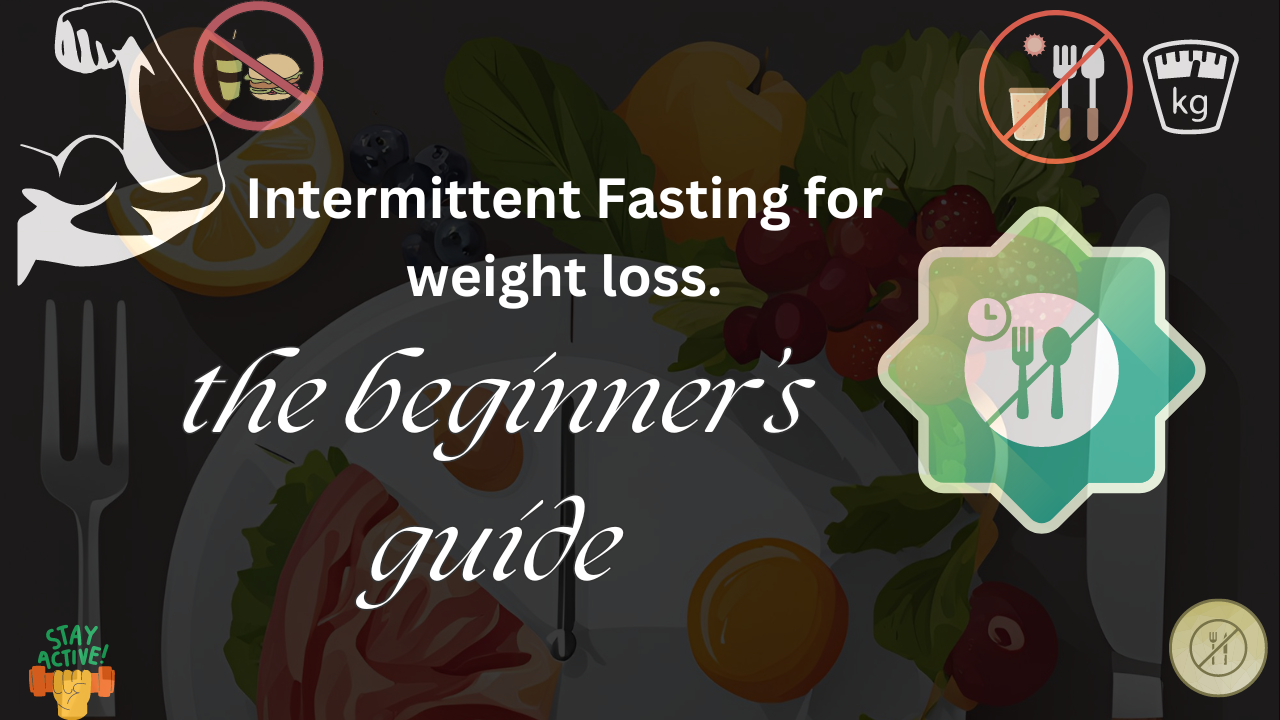In recent years, intermittent fasting has emerged as one of the most promising techniques for weight loss and overall health enhancement.. Instead of dictating what you consume, this eating pattern concerns itself with when you consume it, whereby it rotates between periods of eating and fasting. This paper investigates the science behind intermittent fasting, different methods, benefits, likely risks and steps to implementing them successfully.

image source and credits :Gustavo Fring
What is Intermittent Fasting?
The latter phrase should not be misconstrued as synonymous with diet but rather refers to an eating pattern that alternates between fasting (abstaining from food) and non-fasting (eating). The crucial thing here is when you eat and not what you eat. Some of these popular IF methods include:
- 16/8 Method: Also known as Leangains protocol; in this method one fasts for 16 hours each day while limiting their daily feeding times to only eight hours per day. For example, you might eat between 12:00 pm and 8:00 pm and fast from 8:00 pm to 12:00 pm the next day.
- 5:2 Diet: 5:2 Diet: Eat normally five days a week and limit calorie consumption to 500-600 calories on the remaining two non-consecutive days.
- Eat-Stop-Eat: This strategy entails fasting once or twice a week, abstaining from dinner one day till dinner the next day.
- Alternate-Day Fasting: Going from days of regular eating to days of fasting or consuming extremely low calories (about 500 calories).
- Warrior Diet: : Eat little amounts of raw fruits and vegetables during the day, followed by one major meal at night within a four-hour time frame.
With every method, intermittent fasting aims to get the body into a state of fasting where insulin levels drop and the body starts using stored fats for energy resulting in gradual weight loss.

image source and credits: cottonbro studio
How Does Intermittent Fasting Aid in Weight Loss?
Intermittent fasting helps with weight loss through several pathways:
Reduction in Caloric Intake: Naturally causes less consumption of calories due to limited time frame for eating or drinking because it is an intermittent fasting method of dieting
Increased Metabolic Rate: Fasting can raise metabolic rate by 3-14%, aiding in greater calorie burning by the body.
Improved Insulin Sensitivity: This process decreases insulin levels, hence promoting fat burning.
Enhanced Hormone Function: Cellular repair processes and changes in hormone levels are initiated by IF that make stored body fats more available.
Benefits of Intermittent Fasting Beyond Weight Loss
Other than losing weight, intermittent fasting has other health advantages such as;
Cellular Repair and Longevity: Stimulates autophagy, a process where cells remove dysfunctional components which may contribute to longevity
Improved Blood Sugar Control: This reduces blood sugar and insulin resistance thereby minimizing chances of type 2 diabetes development.
Heart Health: May improve heart health markers such as blood pressure, cholesterol levels, and inflammatory markers.
Brain Health: supports brain function and may protect against neurodegenerative diseases like Alzheimer’s disease.
Potential Risks and Considerations
Although intermittent fasting is generally safe for most individuals, there are exceptions. Some risks include:
- Hunger and Discomfort: While some people may find it difficult during initial periods of fasting leading to irritability and hunger pangs.
NUTRIENT DEFICIENCIES
- Nutrient Deficiencies: This might result to nutrient deficiencies if poorly planned. This necessitates eating nutrient dense foods during feeding windows.
- Eating Disorders: It is important for people who have had eating disorders in the past to be cautious about engaging in intermittent fasting since it may worsen unhealthy practices.
- Medication and Medical Conditions: Before starting intermittent fasting, individuals with certain medical conditions or those on medication should consult a healthcare provider.

image source and credits: Pixabay
Tips for Successful Intermittent Fasting.
To make the most of intermittent fasting and succeed:
- Staying Hydrated: Take lots of water, herbal teas as well as other non-caloric beverages throughout the fasts so as to keep hydrated.
- Choose Nutrient-Dense Foods: During the feasting periods, emphasize on whole foods that are rich in nutrients, fiber and protein for general health enhancing purposes.
- Start Slowly: Less restrictive methods are best at first especially for those new to intermittent fasting. Gradually increase your fasts depending on how your body reacts.
- Listen to Your Body: Be sensitive to hunger cues and adapt accordingly regarding your fast periods so that they remain comfortable and sustainable.
Practical Considerations and Conclusion
When done appropriately and securely, intermittent fasting is a versatile and effective method to weight loss and improved health. Choose a strategy that fits your lifestyle and health goals, focusing on nutrition during the changeover phase. A nutritionist or healthcare professional can provide you with additional specialized advice, such as if this sort of dieting will work best for you.
Finally, it is significant not only as a weight loss strategy, but also as an alternative approach to improving general fitness. As a result, by understanding its mechanism, potential risks, and following practical advice, we may successfully leverage the benefits of intermittent fasting to achieve our healthy goals.
